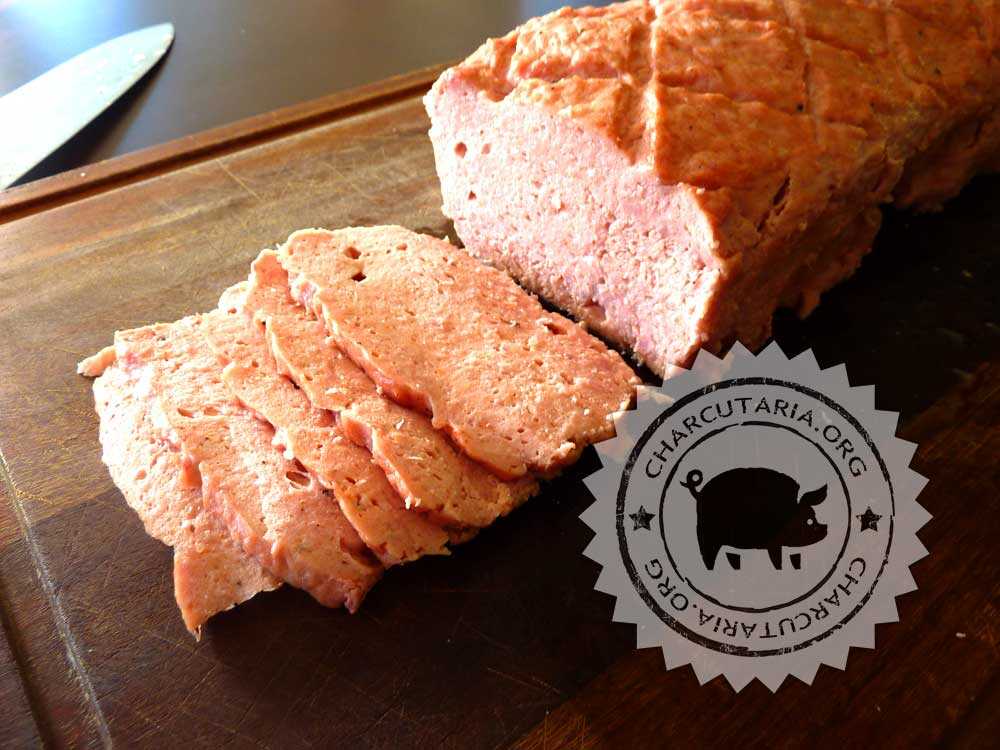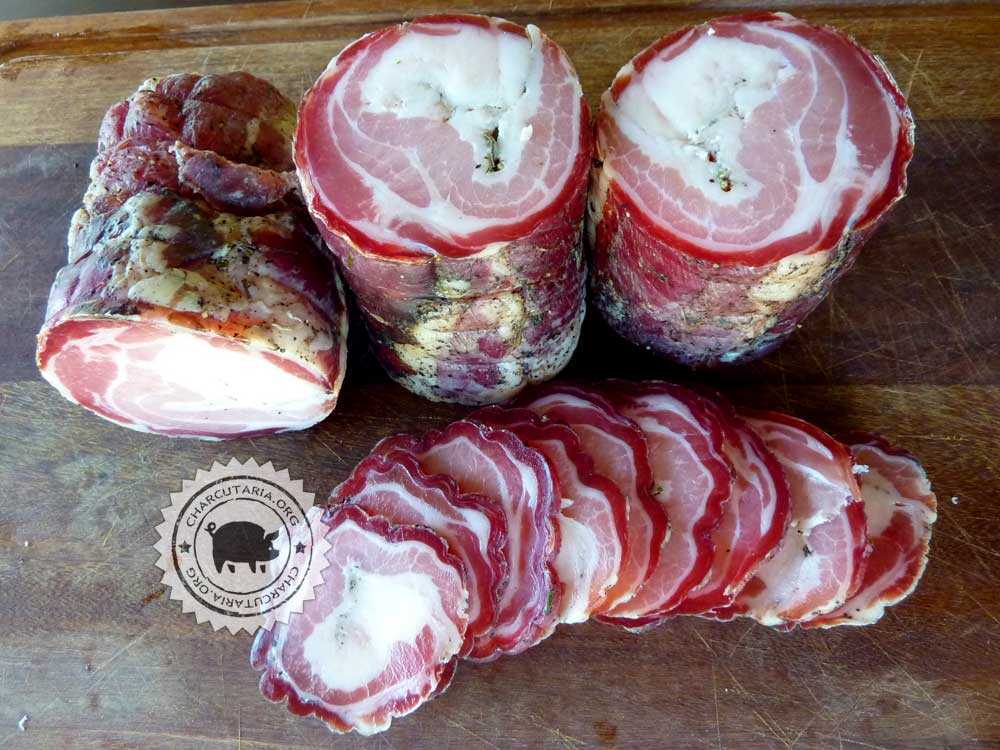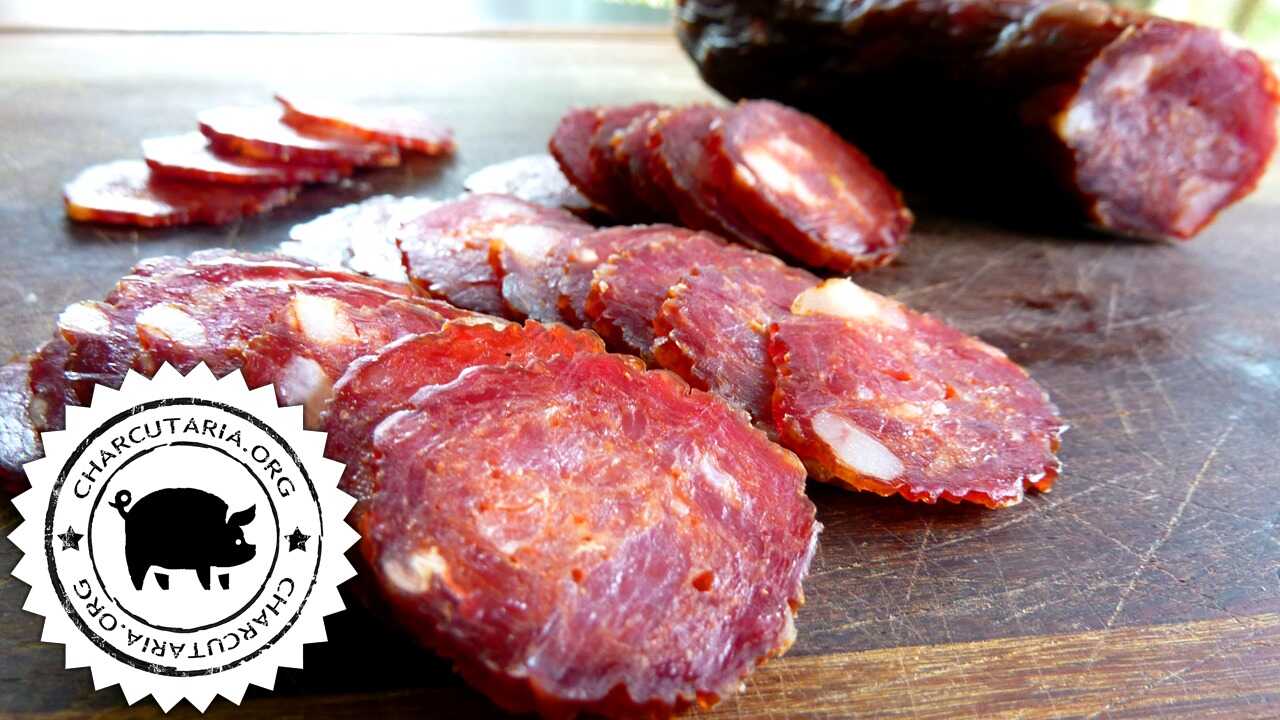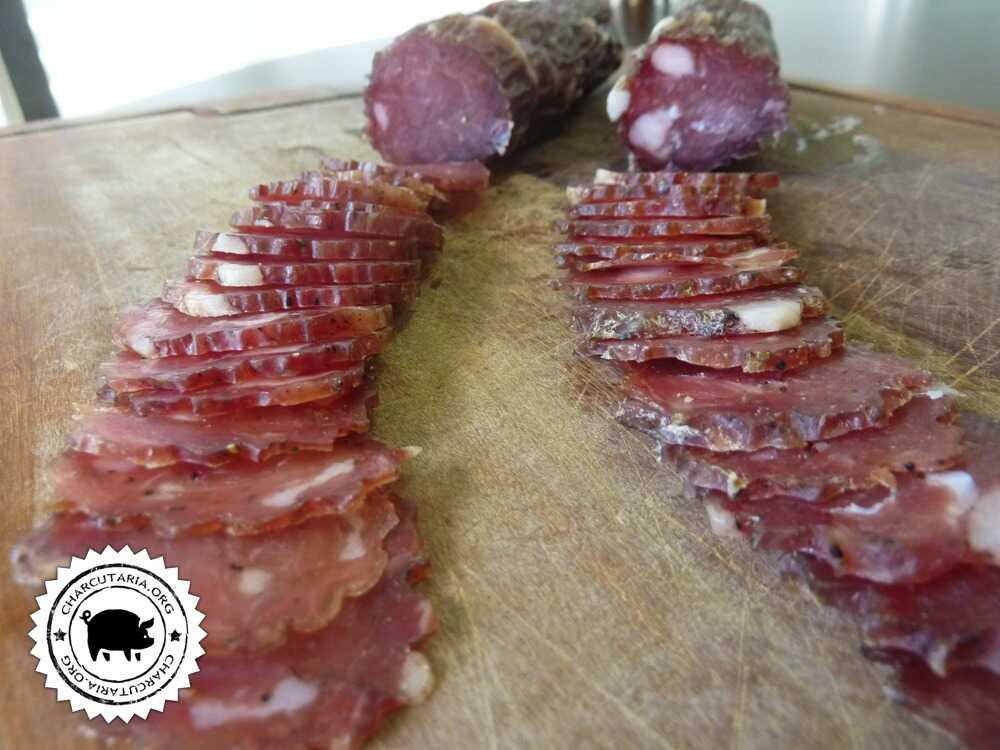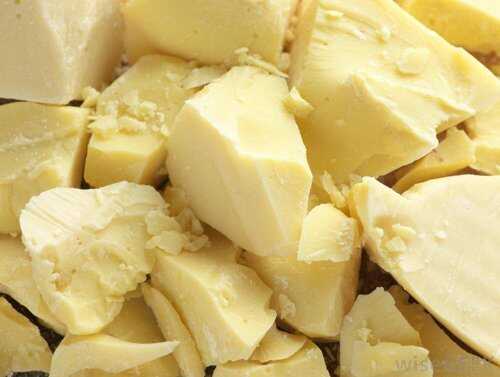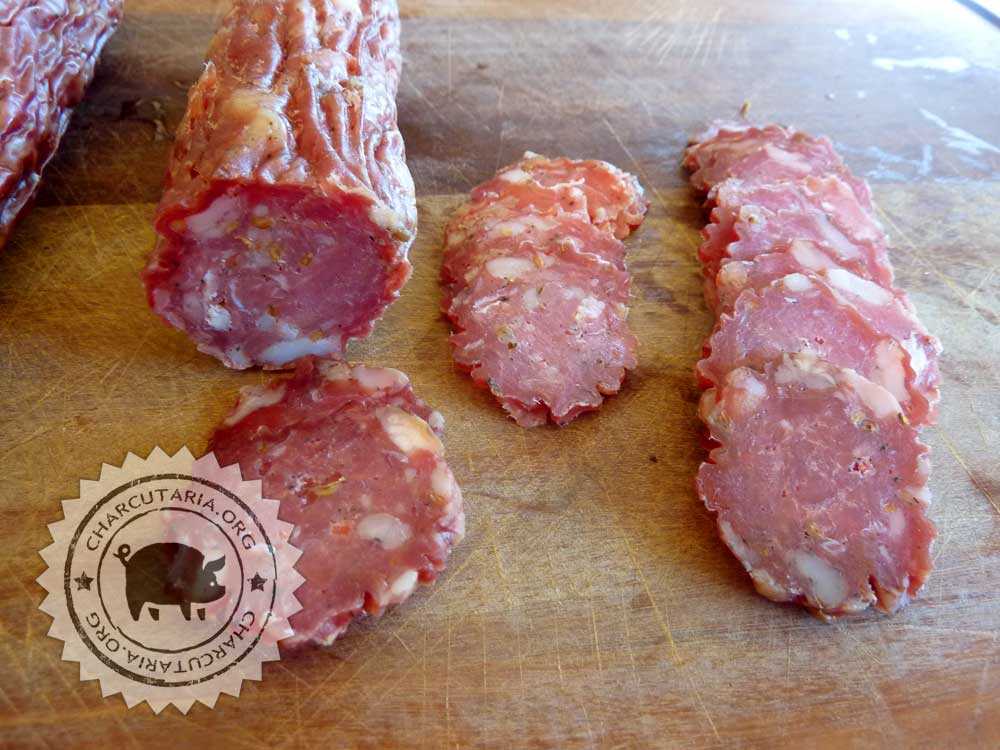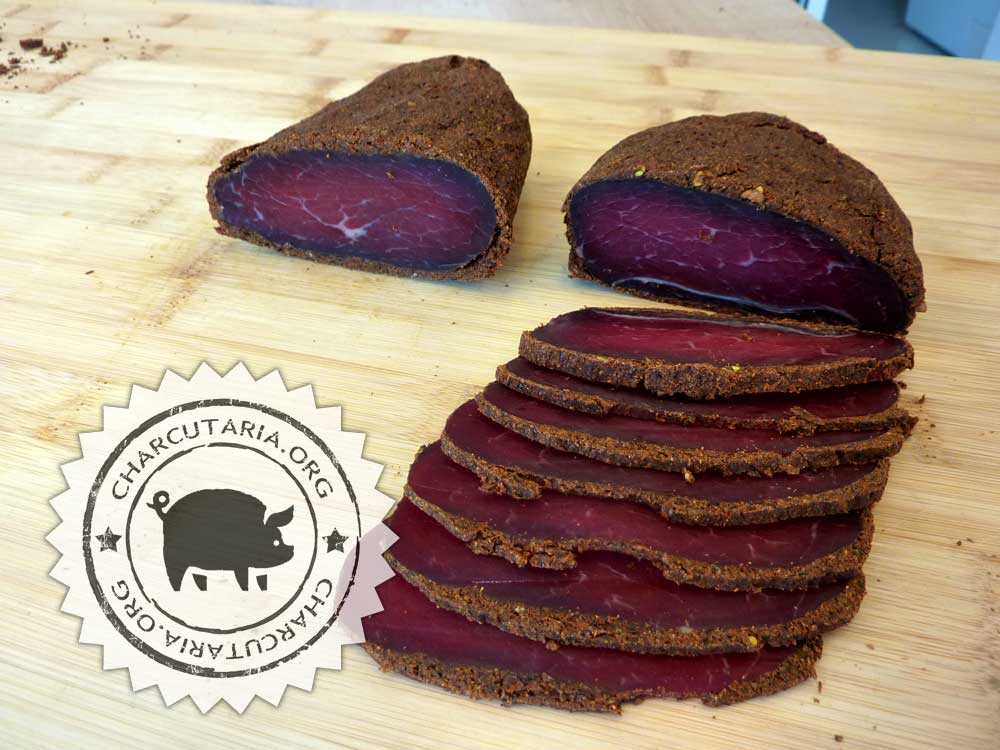
Pastirma or Basturma is cured beef with a heavily seasoned crust. It is a traditional product of Armenian and Turkish cuisine. The process first consists of salting, then it goes through an initial drying process, after this stage a seasoning is applied to the outside of the meat, forming a beautiful crust. It goes back to drying for another 20 days and is finally ready for consumption.
Continue reading Pastirma Basturma
